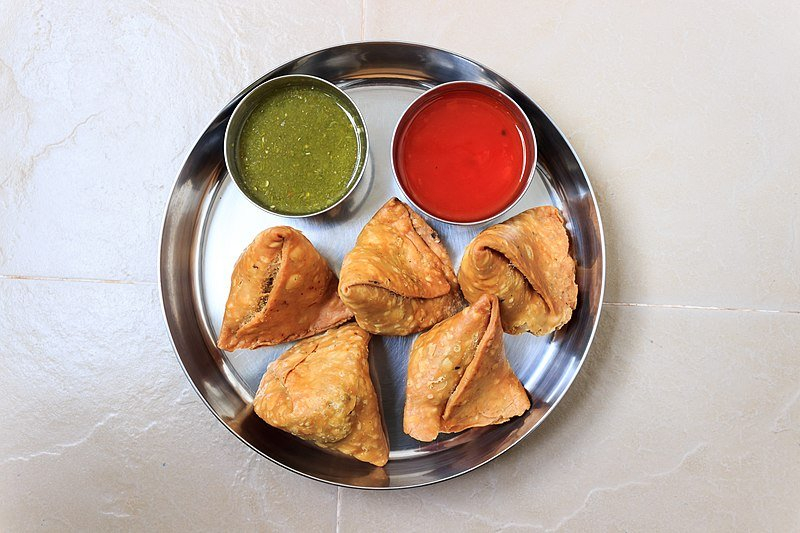Samosa

The introduction of samosas to Africa can be traced back to the Indian diaspora and historical connections between India and various African regions. Indian immigrants and traders brought with them the knowledge of preparing these triangular pastries, which were traditionally filled with spiced potatoes, peas, and sometimes meat. In Africa, they found a receptive audience eager to embrace the exotic flavors.
Over the years, samosas in Africa have evolved to cater to local tastes and ingredients. African communities started incorporating their unique twists into the traditional recipe. For example, in East Africa, you can find samosas filled with a mixture of ground meat, lentils, or vegetables and flavored with local spices.
Samosas gained immense popularity due to their affordability, portability, and delicious taste. They became a street food staple, especially in busy marketplaces, outside transportation hubs, and social gatherings. Vendors offered a variety of fillings to cater to different preferences, making samosas accessible to a wide range of people.
Samosas have had a significant influence on the local cuisine in Africa. They are often enjoyed as a snack, appetizer, or even as part of a larger meal. The combination of crispy, flaky pastry and flavorful fillings made samosas a beloved comfort food for many, transcending cultural and geographical boundaries.
Samosas continue to evolve with inventive fillings and preparations. Samosas with fillings ranging from minced meat to cheese and even sweet variations filled with fruits and nuts. Their adaptability and versatility have allowed them to remain relevant in the ever-changing street food landscape of Africa.














